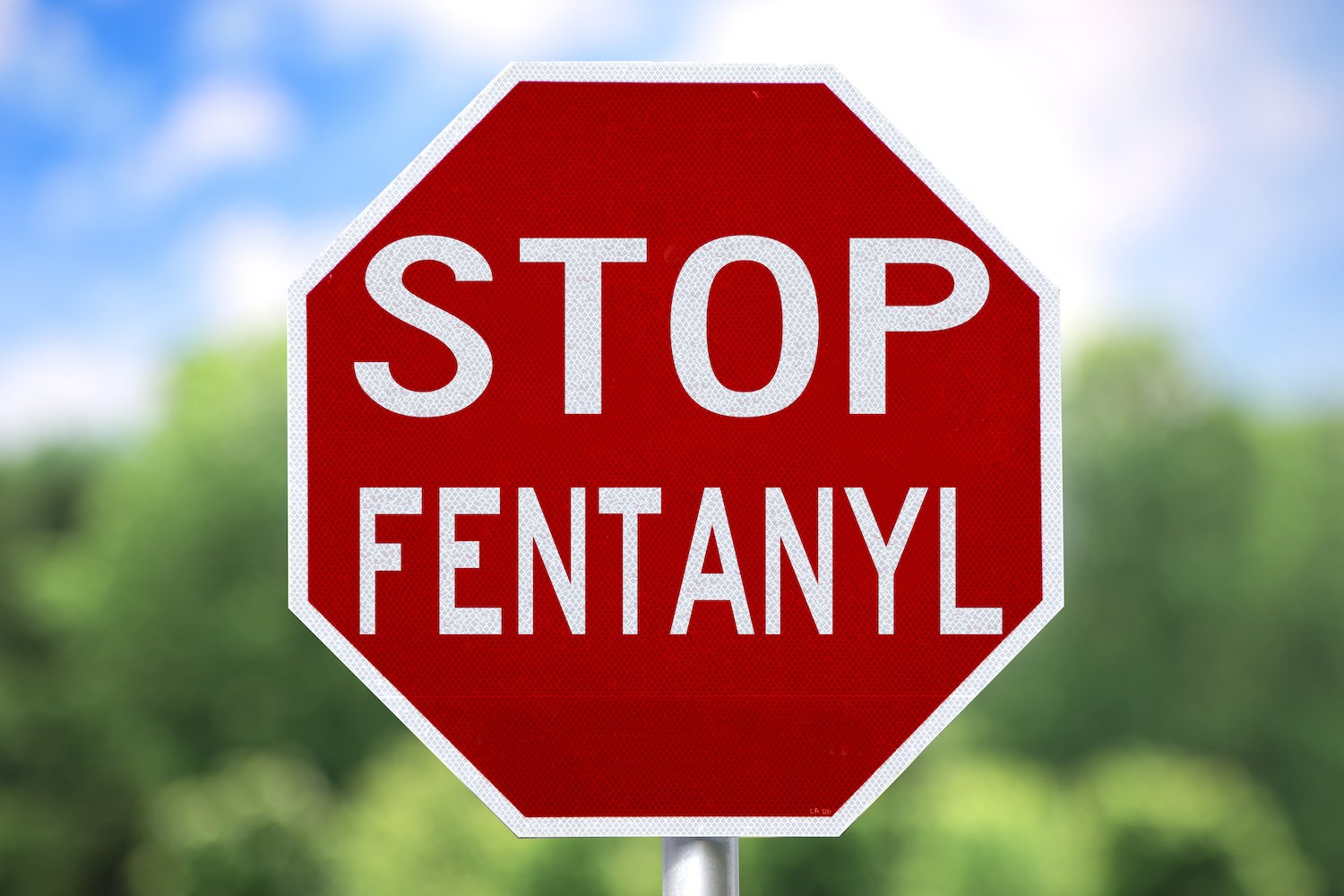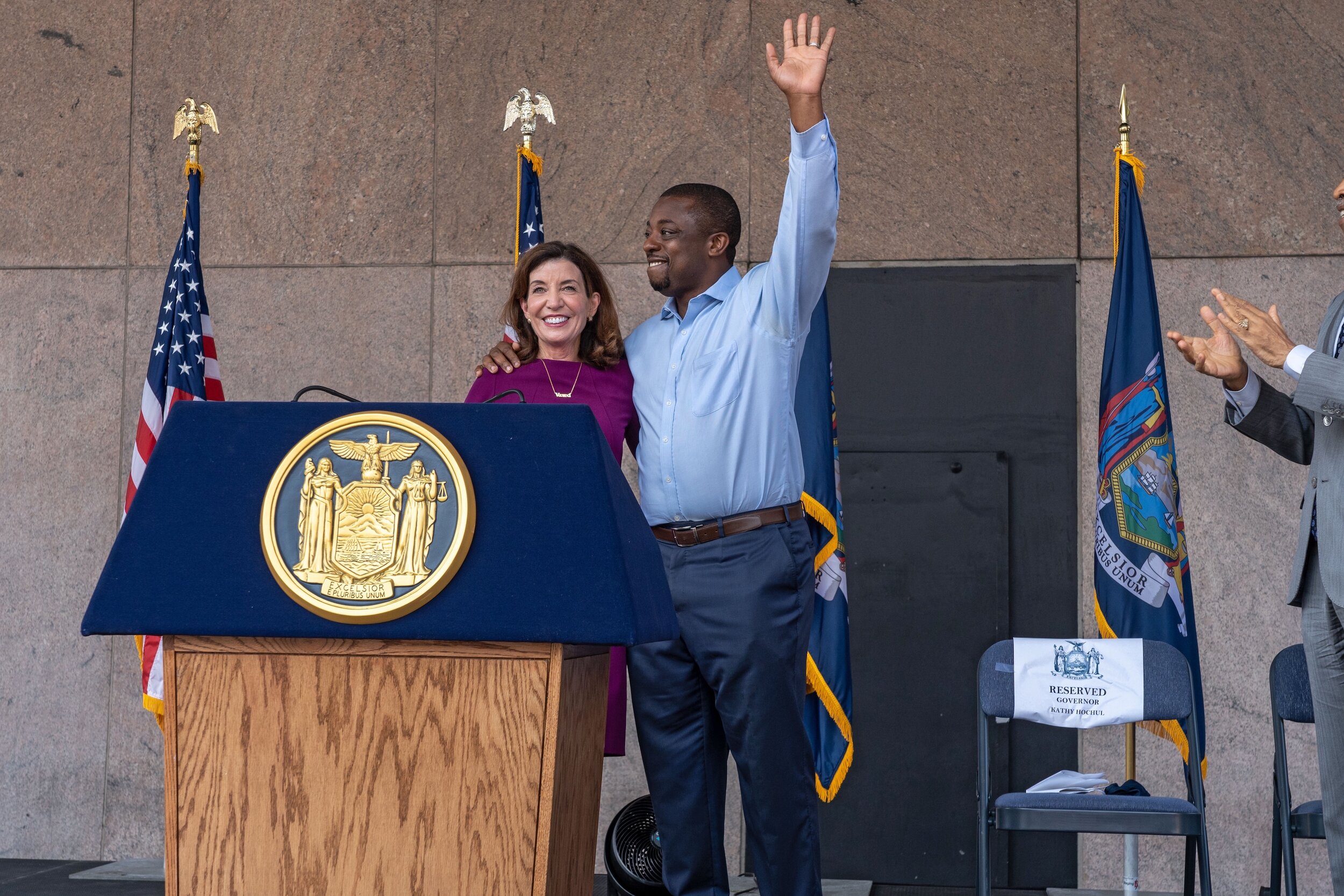We urgently need leadership as U.S. drug deaths soar to record levels
A year ago, public health officials noticed a troubling uptick in drug overdose deaths due in large part to the stress and isolation of COVID-19 and subsequent difficulties for substance users to access appropriate treatment. At the same time, street dealers flooded the market with the powerful synthetic opioid fentanyl, often selling counterfeit versions of it as well as well as such medications as oxycodone and Xanax laced with the drug. Unaware that their pills had been tainted, many users died quickly from the fast-acting fentanyl, which is up to 100 times more potent than morphine. New federal data released this month reflects this perfect storm of despair and lethal drugs: More than 100,000 Americans died in the yearlong period ending in April—a 30 percent increase over that same timeframe in 2020—the highest number of year-on-year drug-related deaths ever recorded in the country.
While the statistics are still provisional, they are a grim reminder of the extent of the crisis. Overall, the number of annual overdoses has doubled since 2015; today, more people die from drug deaths than from car accidents and gun violence combined. A majority of the fatalities—about 70 percent—occur among those in their prime age of 25 to 55. Some states were particularly hard hit. Year-on-year increases exceeded 50 percent in California and several states in Appalachia, including West Virginia and Kentucky, where the epidemic originated. Meanwhile, deaths from methamphetamines, cocaine, as well as prescription medications—often taken together—also rose.
Yet, even with 275 Americans dying every day from drug overdose, government leaders offer little more than platitudes. Reacting to the new data, President Biden simply claimed “we cannot overlook this epidemic of loss,” while Health and Human Services Secretary Xavier Becerra stated the obvious: “It’s time to face the fact that this crisis is getting worse.”
The Biden administration’s drug plan, which is backed by an additional $1.3 billion in new funding from the American Rescue Act, includes measures to remove barriers to treatment and reduce opioid prescribing, as well as expand interdiction and harm reduction strategies. (More money may also be coming from opioid litigation settlements, although this is now in jeopardy due to recent judicial rulings.)
Given the magnitude of this dire public health crisis, much more needs to be done. First, we need strong leadership and a massive infusion of money and other resources. Equally important is a clear strategy that engages users—on the streets, in prisons and emergency rooms, and in drug courts and at needle exchange sites—and leads them into effective treatment programs.






















